SUMMARY
This is AI generated summarization, which may have errors. For context, always refer to the full article.
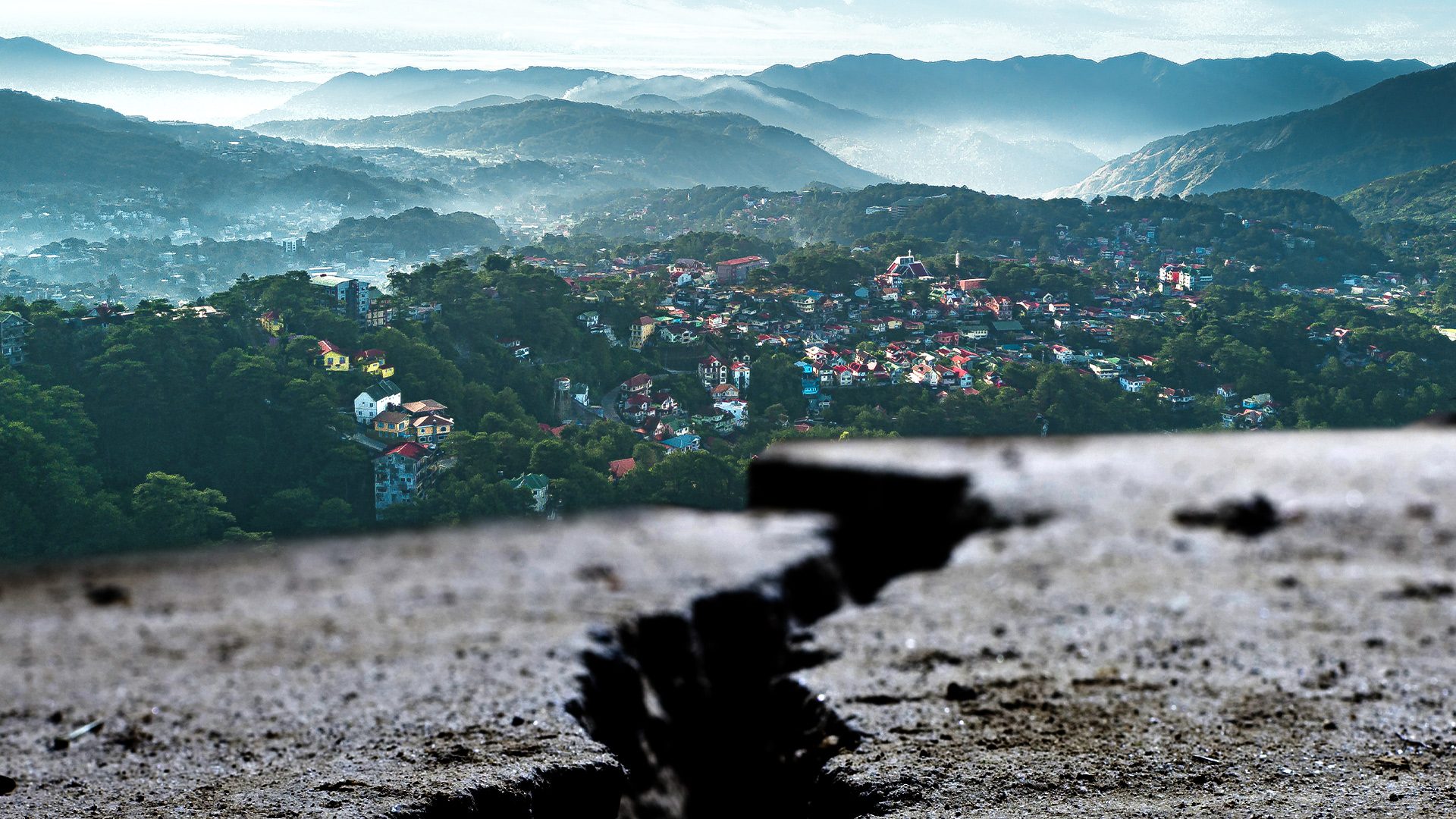
BAGUIO CITY, Philippines – When the 1990 earthquake hit Northern Luzon, I remembered reading some time later a Philippine Institute of Volcanology and Seismology (Phivolcs) report on quake omens.
Some researchers had gone back to Cabanatuan and environs, the epicenter of the magnitude 7.7 temblor, and interviewed people about the behaviors of their pets. Sabungeros said their fighting cocks shook their cages for days before July 16. Others noticed rats and cockroaches leaving their homes. Some said their dogs tried to run away. Just before the earthquake struck, the dogs started howling.
My mother claimed she saw some black snakes leaving the yard of our Baguio City home the day before the earthquake. We followed those snakes. Our balcony gave way; the house was soon condemned.
I was in front of Burnham Park, waiting for a cab, when the ground shook. I felt like a spinning top while running down the football field, or a surfer with a crumbling terrace as the mighty wave. I stayed a bit at the football field as the crowd grew. When I left, people were queueing for a preacher’s blessing.
Weeks later, some were still there, staying in tents while waiting out the aftershocks. Gray clouds hovered over Baguio from the morning of July 16 and days after. The rains fell only on July 17 as residents huddled in open areas near their homes.
During the time of Aristotle – 384 to 322 BC, according to the Stanford University Encyclopedia of Philosophy – folk believed earthquakes were caused by winds trapped in caves. When the winds tried to push their way out, they created “earthquake weather.” Before a huge quake, it would be windy and cloudy but unusually warm, went the ancient lore.
On Sunday, July 24, 2022, I asked my friends if they agreed Baguio’s evenings were unusually warm. We had had weeks of rain, but the evenings were warm enough to keep the windows open.
Someone said it was that way in July 1990. We chuckled, thinking the remark was a product of cheap wine.
Then it happened this Wednesday morning, July 27.
The clouds appeared very early – the taho vendor had just passed by. For days, the dog had been howling to go out. (I only recalled the older readings when the earthquake happened.) I was at the balcony this time when the ground shook. I held on to a post as the shaking went on.
The first thing I looked for was my iPad; I had an earthquake app in there. It took a few minutes before it mentioned the source: 5 kilometers west southwest of Pagsanahan Norte. Where the hell in Pagsanahan? I wondered.
I looked at friends’ Facebook posts. It was an earthquake in Laguna, lindol in Bulacan. Someone in La Union said, Ano yun? (What was that?) Then more posts from friends in Baguio.
Unlike in 1990, our house didn’t lose power. Because of the internet, we were able to access reports of damage within minutes.
The evening news on July 16, 1990, was all about the collapsed school in Cabanatuan and the tremor felt all the way in Manila. It was only during the 10:30 pm news that some anchor noticed, hey, why is Baguio so quiet?
That’s because the mountains had reclaimed all our roads. Power was gone, water pipes were broken. I remembered the long lines at telegraph offices a few days later.
Today, we were able to get the name of the dead construction worker in La Trinidad in two hours. Up to now, we still don’t know the exact number of the dead in Baguio in 1990.
Before lunch today, the Phivolcs was able to correct the magnitude of the quake from 7.3 to 7.0. The epicenter was Lagangilang in Abra. Baguio’s magnitude was pegged at 6.8.
You may say that’s just a few degrees of difference. But, on the Richter scale, a magnitude 7.0 quake is 10 times stronger than a magnitude 6.0 tremblor.
Thirty-two years ago, the seismograph at the Meteorological Center Dominican Hill swung like crazy and broke. Since officials could not correct it, we were stuck with magnitude 7.7, which was what was reported in Cabanatuan.
These days, it is much easier to know the epicenter and the extent of damage. Within the hour, we now know what roads are impassable.
The boulders that fell on Kennon Road could take months to clear, barring a typhoon howling in the quake’s wake. It took five years for Kennon Road to open after the 1990 earthquake.
But have we learned from the devastation of 1990?
A few months after that earthquake, the Baguio city council imposed a four-storey rule. In John Hay, they said that no building should be higher than the pine trees.
But the clever ones have gone around that rule. They built on the slopes where the four storeys would be from the road level up – even as there are four more storeys below the road. An eight-storey building now stands on the earthquake fault that crushed a three-storey building 32 years before. No building higher than the trees? Do it the Villar way: cut the trees.
Tonight, I will be meeting friends who went to the wedding of Hidilyn Diaz. Maybe we will mostly talk about the earthquake. Maybe I will talk about earthquake weather. That the sun shone at about noon before the clouds covered it again.
Aristotle made earthquakes sound like farts waiting to come out. Hereabouts, we think the best way to stifle farts is by emptying mountains of trees, pouring concrete on the ground, and piling up condominiums.
And when the earthquake comes to bury us again, we’ll just blame it on the weather. – Rappler.com
Add a comment
How does this make you feel?

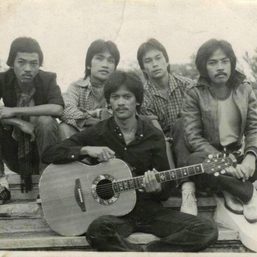
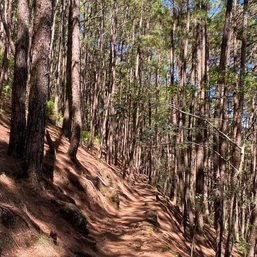

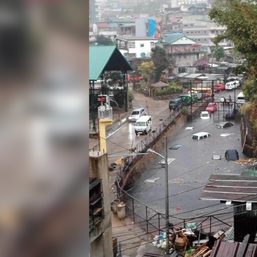
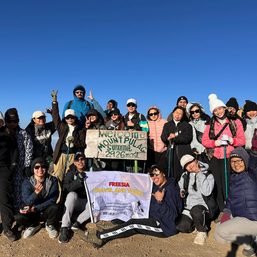

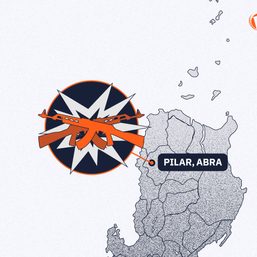


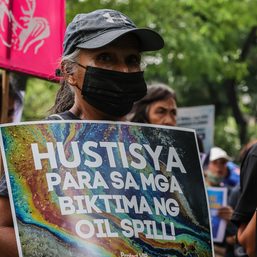
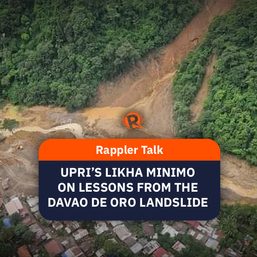
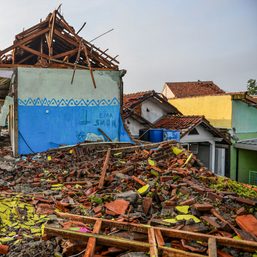
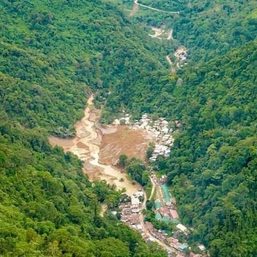
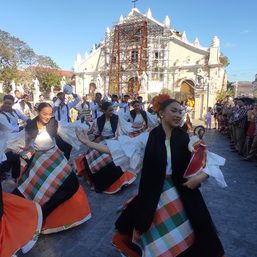
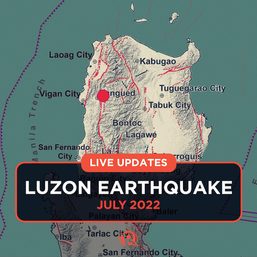
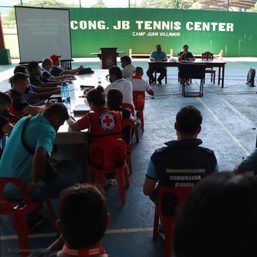
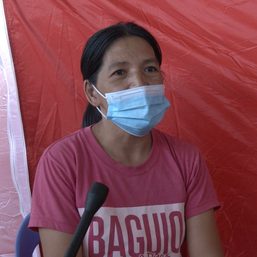
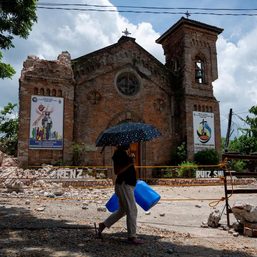
There are no comments yet. Add your comment to start the conversation.